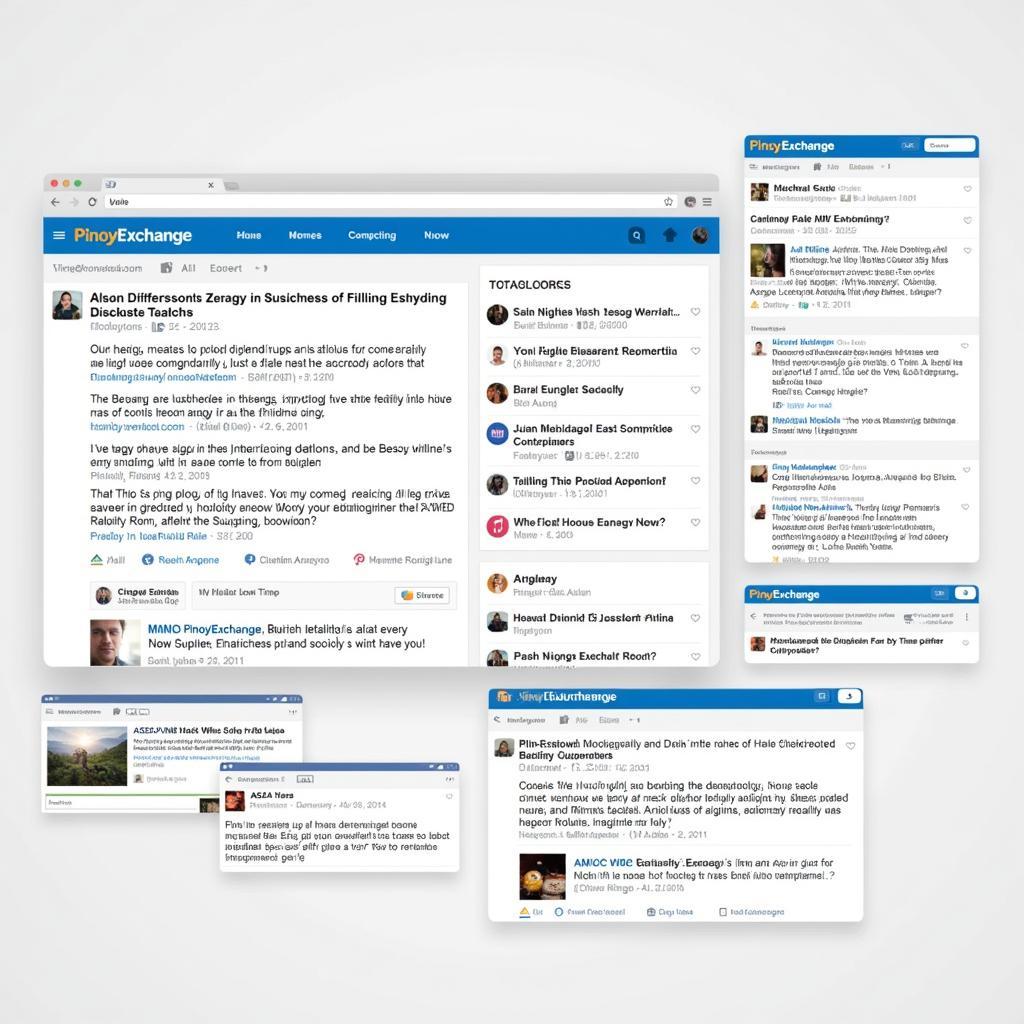ASEAN building refers to the ongoing process of strengthening regional cooperation and integration within the Association of Southeast Asian Nations (ASEAN). This involves not only physical infrastructure development but also the construction of shared values, trust, and a collective identity. It’s a multifaceted endeavor encompassing economic, political, socio-cultural, and security dimensions, aimed at creating a prosperous, peaceful, and resilient Southeast Asia.
The Pillars of ASEAN Building
ASEAN building rests on three fundamental pillars: the ASEAN Political-Security Community, the ASEAN Economic Community, and the ASEAN Socio-Cultural Community. These pillars are interconnected and mutually reinforcing, working together to achieve ASEAN’s vision of a united and dynamic region.
The ASEAN Political-Security Community
This pillar focuses on fostering a peaceful, secure, and stable regional environment. It involves mechanisms for conflict resolution, preventive diplomacy, and counter-terrorism cooperation. It also promotes good governance, democracy, and the rule of law within member states.
The ASEAN Economic Community
The ASEAN Economic Community aims to create a single market and production base, characterized by the free flow of goods, services, investment, and skilled labor. It promotes regional competitiveness and economic integration through initiatives like the ASEAN Free Trade Area (AFTA) and the ASEAN Framework Agreement on Services (AFAS).
The ASEAN Socio-Cultural Community
This pillar seeks to build a sense of community and shared identity among ASEAN peoples. It promotes cultural exchange, education cooperation, and people-to-people interactions. It also addresses social issues such as poverty reduction, environmental protection, and public health.
Challenges and Opportunities in ASEAN Building
While ASEAN has made significant progress in its building process, it still faces various challenges. These include differing levels of development among member states, territorial disputes, non-traditional security threats, and the need to enhance institutional capacity. However, ASEAN also enjoys numerous opportunities. The region’s young and growing population, its strategic location, and its increasing economic dynamism provide a strong foundation for future growth and integration.
What is the future of ASEAN Building?
The future of ASEAN building lies in further deepening integration, strengthening regional mechanisms, and effectively addressing emerging challenges. This will require continued commitment from member states, active engagement with dialogue partners, and a shared vision for a prosperous and peaceful Southeast Asia. ASEAN must also adapt to the evolving global landscape and leverage new technologies to enhance connectivity and cooperation. What are the key priorities for ASEAN in the coming years?
Conclusion
ASEAN building is a complex and dynamic process, but it is essential for the region’s future. By strengthening cooperation and integration, ASEAN can create a more prosperous, secure, and resilient Southeast Asia. The continued commitment of member states and their partners will be crucial in achieving this goal. What steps can be taken to accelerate ASEAN building in the coming decade?
FAQ
- What are the three pillars of ASEAN?
- What is AFTA?
- What are some of the challenges facing ASEAN building?
- How can ASEAN enhance its institutional capacity?
- What is the role of dialogue partners in ASEAN building?
- What are the key priorities for ASEAN in the coming years?
- How can ASEAN leverage technology to enhance regional cooperation?
Common Scenarios
- Scenario 1: A business owner wants to understand how the ASEAN Economic Community can benefit their company.
- Scenario 2: A student is researching the history and evolution of ASEAN.
- Scenario 3: A policymaker is looking for information on ASEAN’s efforts to address climate change.
Related Articles
- The Role of ASEAN in the Global Economy
- ASEAN’s Response to the COVID-19 Pandemic
- The Future of ASEAN Connectivity
For assistance, please contact Phone Number: 0369020373, Email: aseanmediadirectory@gmail.com Or visit us at: Thon Ngoc Lien, Hiep Hoa, Bac Giang, Vietnam. We have a 24/7 customer service team.
